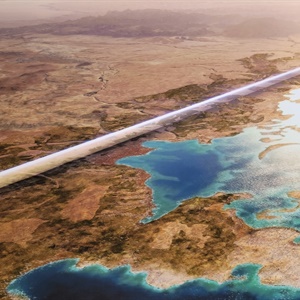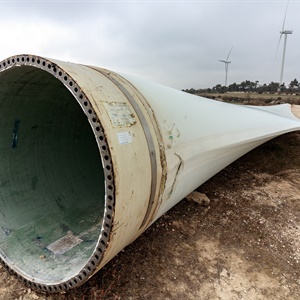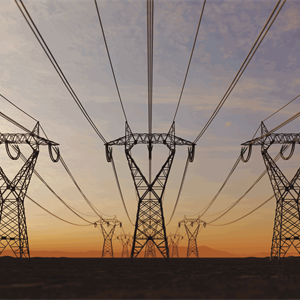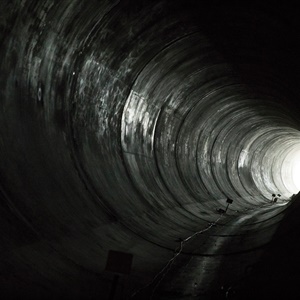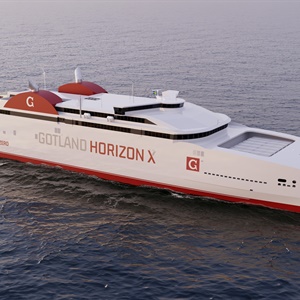Work underway on first phase ‘Hidden Marina’ of The Line megacity
Neom has revealed construction has begun on the Hidden Marina development, the first phase of The Line’s 170km-long “linear city”. First announced by the Crown Prince of Saudi Arabia in October 2017, Neom will cover three countries (Saudi Arabia, Egypt and Jordan) across 26,500km2 of empty desert along the Red Sea. It is intended to be an independent, liberal, high-tech megacity with its own tax and labour laws and judiciary. The Line will consist of two single parallel structures stretching over 105 miles and connecting the country’s west and east coasts. Its central section consists of two 500-metre-tall skyscrapers. The whole complex will only be 200 metres wide. According to a report from news agency Saudi Gazette, work has now begun on the first phase of The Line called the Hidden…
